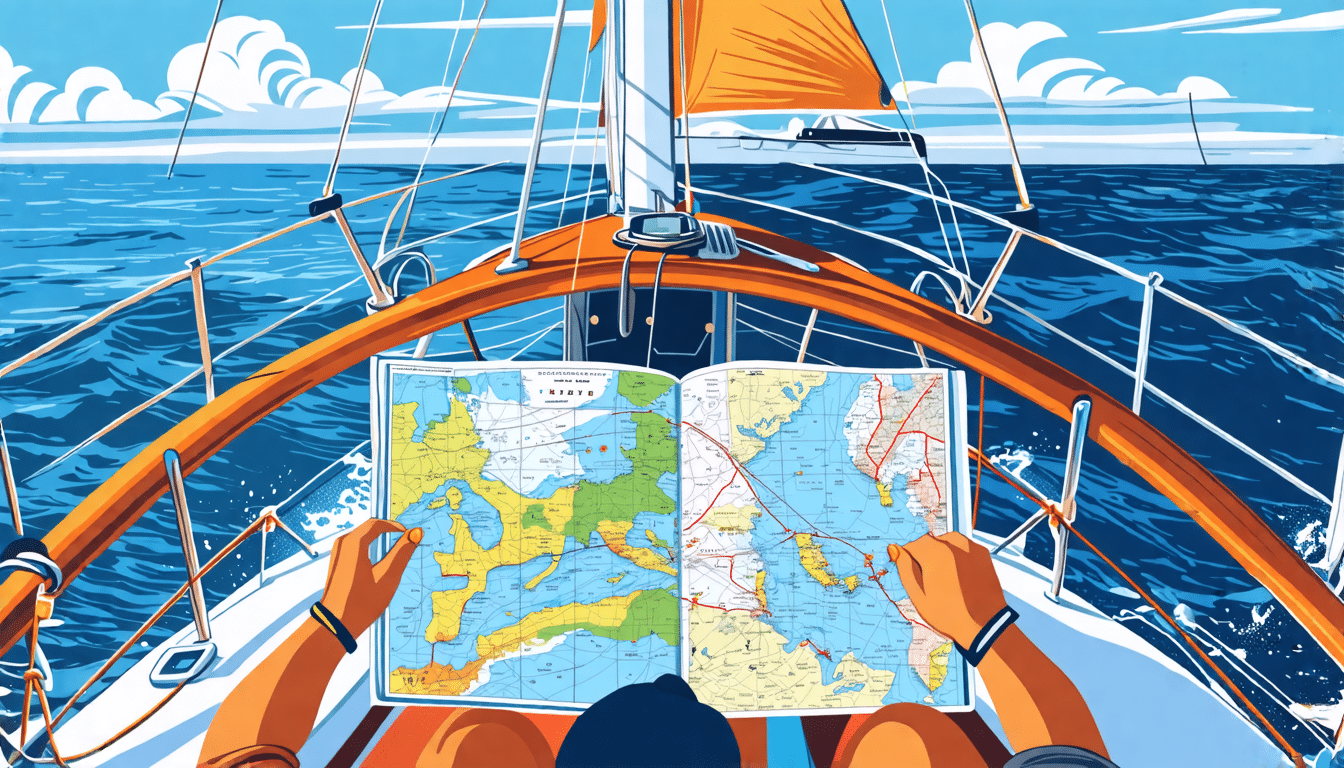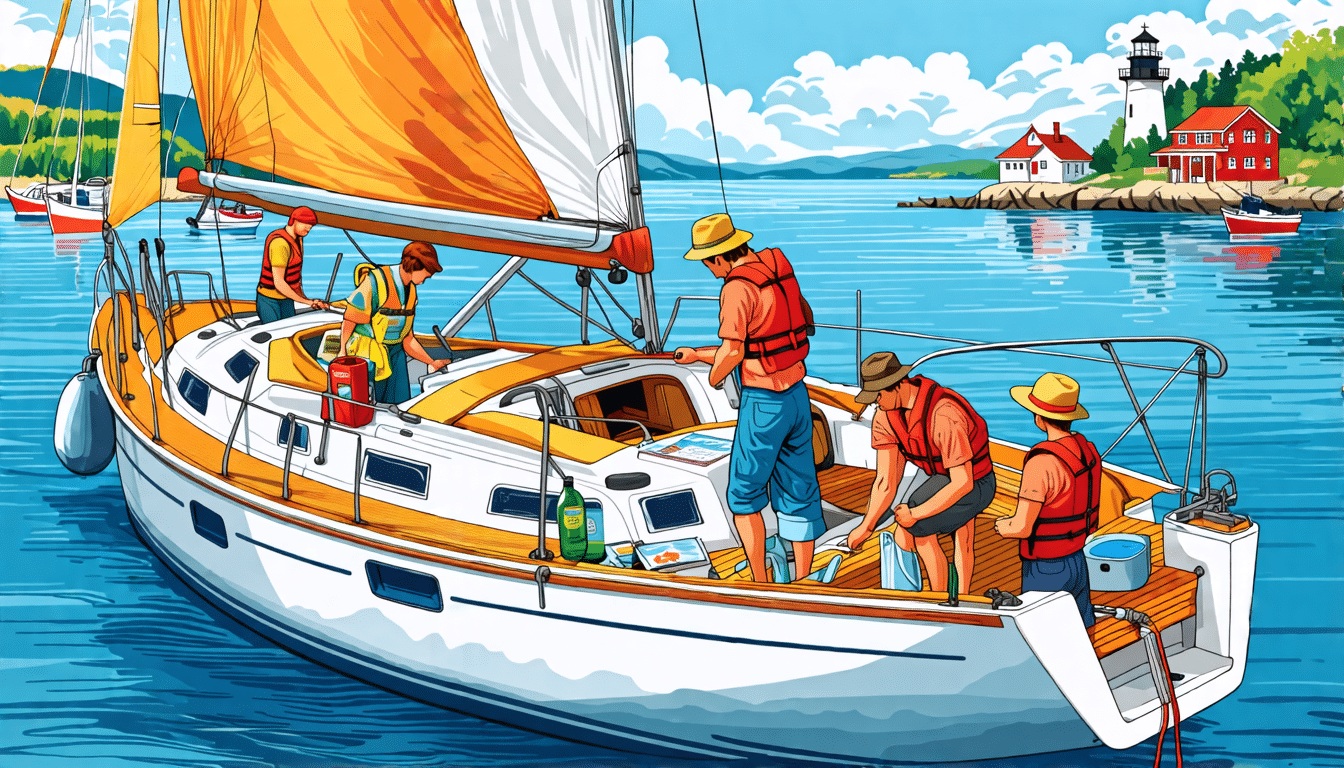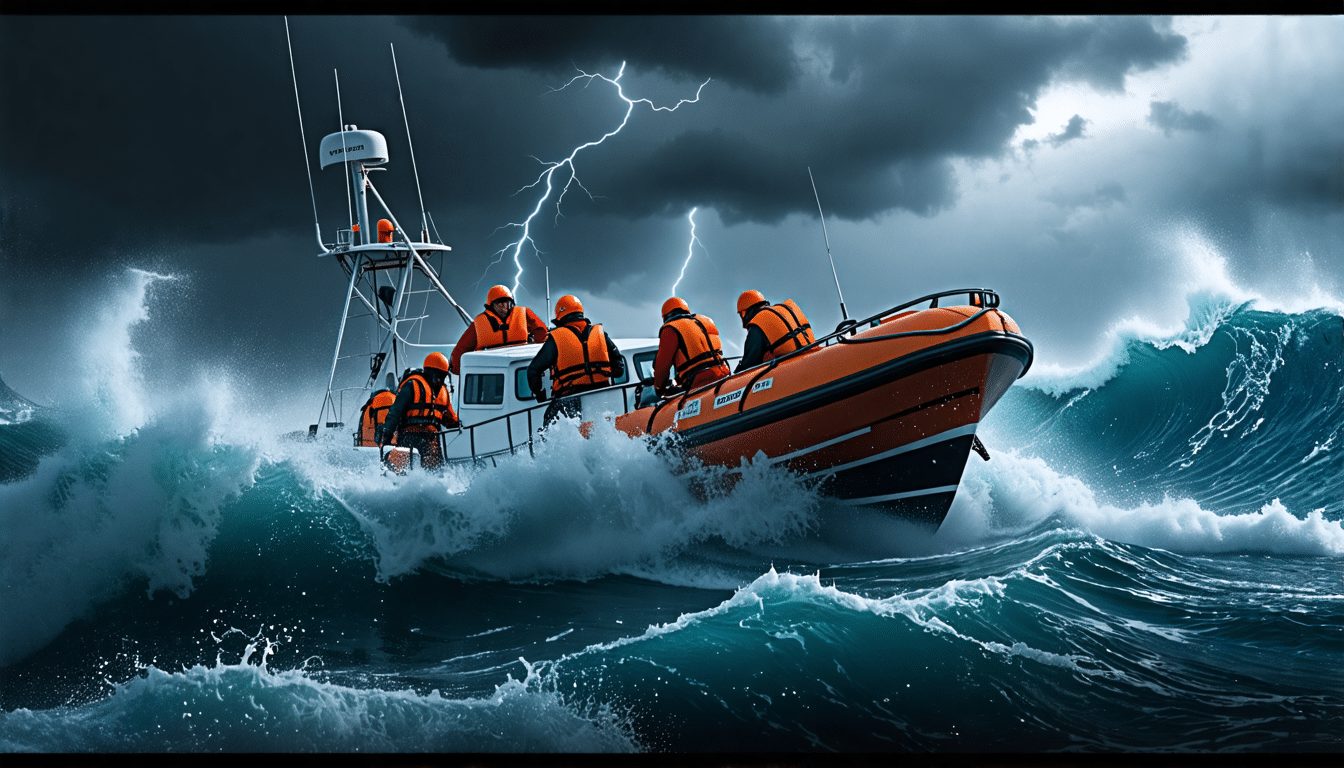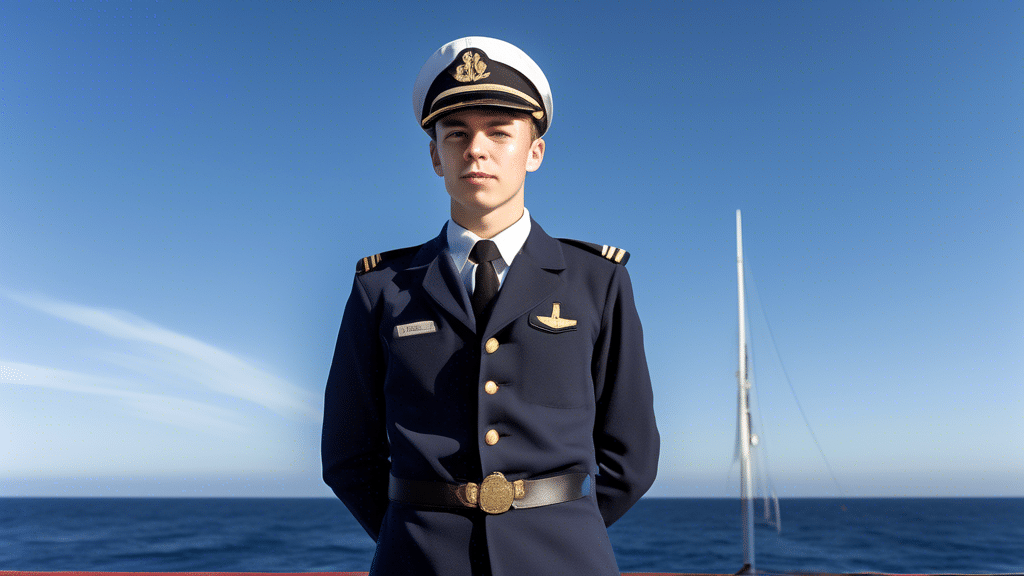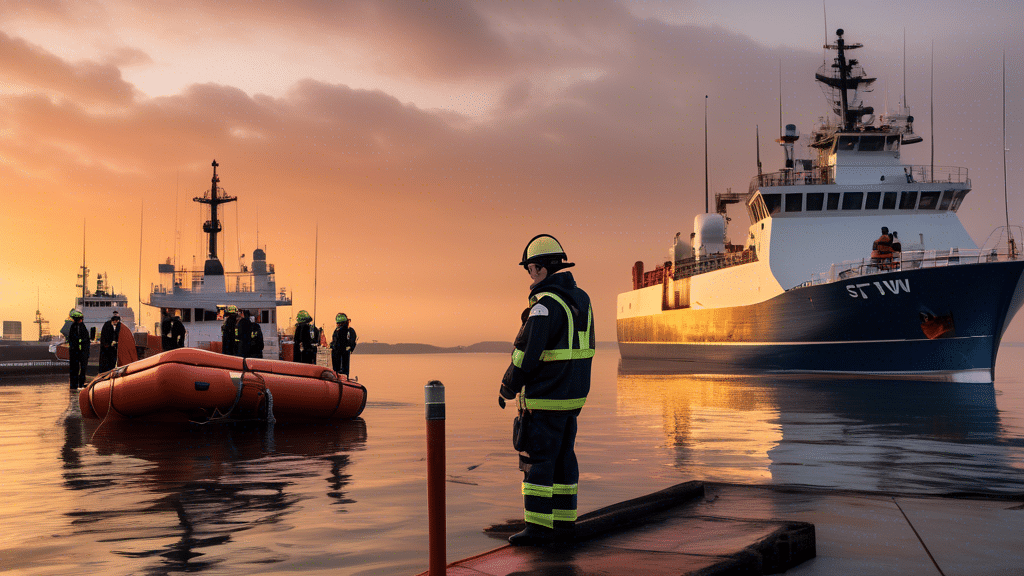Embarking on a maritime career can be an exciting and rewarding journey, but it also comes with its set of unique challenges and stringent requirements. One of the most critical elements in this field is STCW training, which stands for Standards of Training, Certification, and Watchkeeping. Proper understanding of STCW training is paramount for anyone aiming to succeed in the maritime industry, as it ensures that seafarers are adequately prepared to perform their duties safely and effectively. STCW certification has become a global benchmark, mandated by international maritime organizations to uphold the highest standards of safety and proficiency at sea. With a variety of STCW training courses tailored to different maritime roles, these programs are indispensable for equipping professionals with the necessary skills and knowledge. Whether you aspire to be a deck officer, engineer, or a specialized crew member, STCW training lays down the foundational competencies required across all levels of maritime operations.
Ultimately, investing in STCW training is not just about meeting regulatory compliance; it opens doors to numerous career growth opportunities. It enhances safety protocols and operational efficiency on board, which are crucial for both personal competence and the overall success of maritime missions. Furthermore, possessing STCW certification significantly boosts your employability in a fiercely competitive industry, positioning you as a well-qualified candidate ready to meet the rigorous demands of the job. Therefore, understanding and prioritizing STCW training is a decisive step towards achieving a successful and sustainable maritime career.
Understanding STCW Training: A Key Component for Maritime Professionals
Overview of STCW (Standards of Training, Certification, and Watchkeeping)
The Standards of Training, Certification, and Watchkeeping (STCW) is a comprehensive set of international regulations that govern maritime training and certification. Established by the International Maritime Organization (IMO), STCW ensures a standard level of competency and skill for seafarers the world over. First adopted in 1978, and subsequently updated to keep pace with the evolving demands of the maritime industry, STCW represents a cornerstone of maritime safety and operational efficiency. The amendments made in 1995 and 2010, known respectively as the Manila Amendments, have further enhanced the relevance and stringency of these standards.
Importance of STCW certification in the global maritime industry
STCW certification is indispensable in the maritime industry, serving multiple critical functions. For one, it establishes a unified framework that all seafarers must adhere to, ensuring that crew members have undergone rigorous training and assessment. This is especially vital in an industry characterized by multinational crews and diverse operating conditions. STCW’s robust guidelines help bridge the gap between varying national standards, thereby promoting safety, security, and environmental protection.
Additionally, STCW certification serves as an assurance to ship owners, port authorities, and regulatory bodies that the certified individuals possess the required knowledge and skills to perform their duties efficiently. This not only minimizes accidents and mishaps but also enhances the reputation of the shipping companies. For aspiring maritime professionals, obtaining STCW certification is a step that cannot be overlooked if they hope to forge a successful career in this competitive field.
Types of STCW training courses and their relevance to different maritime roles
STCW training is divided into various courses designed to cater to the different roles and responsibilities aboard a vessel. Some of the key courses include:
- Basic Safety Training (BST): This foundational course covers essential safety procedures such as personal survival techniques, first aid, fire prevention and firefighting, and personal safety and social responsibilities. It is the starting point for anyone entering the maritime profession, providing the basic skills needed to respond to emergencies effectively.
- Advanced Fire Fighting (AFF): This course is designed for individuals responsible for leading firefighting operations onboard. It includes advanced techniques for dealing with shipboard fires, using breathing apparatus, and tactical firefighting strategies.
- Proficiency in Survival Craft and Rescue Boats (PSCRB): This advanced course is crucial for crew members assigned to operate lifeboats and rescue boats. It covers launching, handling, and maintaining survival craft and rescue boats in various conditions.
- Medical Care (MC): Beyond basic first aid, this course offers more in-depth knowledge for providing medical care onboard, addressing situations where professional medical help is not immediately available. The course covers advanced medical procedures, medication administration, and patient care tactics.
- Bridge Resource Management (BRM): Targeting officers in charge of navigational watch, this course emphasizes the efficient management of bridge operations. It teaches the importance of teamwork, decision-making, and optimizing the use of all available resources to ensure safe navigation.
- Engine Room Resource Management (ERRM): Similar to BRM but focused on the engine room, this course aims to improve teamwork, communication, and operational efficiency among the engineering crew. It’s crucial for maintaining the ship’s propulsion and power systems.
- Security Training: With increasing concerns over maritime security, courses such as Ship Security Officer (SSO), Company Security Officer (CSO), and Port Facility Security Officer (PFSO) are essential. These programs provide the skills needed to develop and implement security plans, conduct risk assessments, and ensure compliance with international security standards.
Each of these courses is tailored to target specific maritime roles, equipping seafarers with the expertise needed for their positions. Whether one aspires to be a deck officer, engineer, or security officer, STCW training provides the cornerstone skills and knowledge that are universally recognized and respected across the global maritime industry.
https://www.virtualmaritime.academy/vma-courses/
Benefits of STCW Training for Career Growth in the Maritime Sector
Enhancing Safety and Operational Efficiency on Board
STCW training is instrumental in enhancing safety and operational efficiency on board vessels. Maritime professionals undergo rigorous training to handle emergency situations, understand safety protocols, and perform their duties with utmost precision. Courses such as Basic Safety Training (BST) and Advanced Fire Fighting (AFF) are tailored to equip crew members with the skills necessary to prevent and manage potential hazards. By focusing on practical skills and theoretical knowledge, STCW training ensures that all personnel can contribute to a safer working environment.
Moreover, these training programs emphasize the importance of teamwork and clear communication, which are critical in high-stress situations. For example, during a fire emergency, the ability of the crew to work together efficiently can mitigate the extent of the damage and save lives. Through regular drills and simulations, STCW courses prepare maritime professionals to act promptly and effectively, thereby reducing the risk of accidents and enhancing overall operational efficiency.
Meeting Regulatory Compliance and International Standards
In the maritime industry, compliance with international standards and regulations is non-negotiable. The International Maritime Organization (IMO) mandates that all seafarers must hold valid STCW certifications to ensure they are qualified to perform their duties. This global standardization helps maintain a high level of safety and security across international waters, making STCW training a cornerstone of maritime regulatory compliance.
STCW courses cover a wide range of mandatory and optional subjects, including personal safety and social responsibilities, survival techniques, and proficiency in medical care. These areas are crucial for ensuring that all crew members are prepared to meet the diverse challenges of maritime operations. Compliance with STCW standards not only safeguards the wellbeing of the crew but also protects the marine environment by promoting responsible and safe practices.
Additionally, adhering to these standards prevents costly penalties and potential operational downtime due to non-compliance. Shipping companies and maritime organizations that prioritize STCW training can operate with confidence, knowing that their crew members are fully equipped to meet international regulatory requirements.
Boosting Employability and Career Advancement Opportunities in a Competitive Industry
Obtaining STCW certification significantly enhances a maritime professional’s employability. With the global maritime industry continually evolving, employers seek candidates who possess up-to-date certifications and are capable of meeting current industry demands. Completing STCW training courses demonstrates a commitment to professionalism and continuous personal development, making certified individuals more attractive to potential employers.
Furthermore, STCW certification opens doors to advanced career opportunities within the maritime sector. Specialized courses such as Marine Environmental Awareness, Proficiency in Survival Craft and Rescue Boats, and Leadership and Teamwork Skills allow seafarers to diversify their expertise and take on more complex and higher-ranking roles. For instance, mastering advanced safety protocols and leadership skills can qualify a professional for positions such as Chief Mate or Master, roles that offer increased responsibilities and higher salaries.
In a competitive industry where experience and qualifications can make a significant difference, STCW training provides a clear pathway for career progression. Employers recognize the value of certified training in ensuring that their workforce is not only compliant with regulatory standards but also capable of performing at the highest levels of competence. Investing in STCW training thus translates to better job security, higher earning potential, and broader career prospects for maritime professionals.
Additionally, networking opportunities often arise from participating in STCW courses, where seafarers can meet and connect with industry peers, instructors, and potential employers. These interactions can lead to valuable mentorships, job referrals, and collaborations, further enhancing career growth and development.
In conclusion, STCW training is undeniably a cornerstone for anyone pursuing a thriving career in the maritime industry. This comprehensive training not only equips maritime professionals with the essential skills and knowledge required to navigate the complexities of life at sea but also ensures their ability to adhere to the rigorous standards set by international regulations. By encompassing a wide range of courses tailored for diverse roles within the sector, STCW training facilitates a high level of competency across various maritime functions.
The benefits of obtaining STCW certification extend well beyond mere compliance with legal requirements. It fundamentally enhances crew safety and operational efficiency on board, creating a more secure and productive working environment. Moreover, as the maritime sector continues to evolve, having STCW certification positions professionals favorably in the job market, elevating their employability and opening doors to broader career progression opportunities. In a competitive industry where skillsets and credentials are paramount, STCW training stands as a crucial investment for both individual seafarers and the organizations that employ them, ensuring not only regulatory adherence but also fostering a culture of excellence and continuous learning.
https://www.virtualmaritime.academy/vma-courses/


